I left the Berkeley Hall Golf Club in South Carolina last week after a presentation to their Board and committee as a series of presentations that involve long range planning for their young and vital club. Prior to exiting past the gatehouse, I stopped to take a couple of photographs of a special space on their campus called the Savannah Gardens which is a park like amenity that includes a large reflecting pool and formal gardens reminiscent of old Savannah. The gardens and reflecting pool are adjacent to the gatehouse and the reflecting pool is on axis with the entry drive creating a focal point as you enter the campus. Overlooking the reflecting pool is a small pond surrounded by a thick growth of native trees and landscaping which all contribute to the tranquil setting that host weddings, club events and numerous club members that enjoy the natural appeal of the gardens.
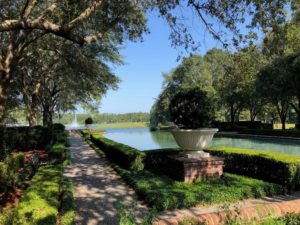
Reflecting pool at Berkeley Hall Golf Club.
When I lived in Guilford, a small residential community in Baltimore, Maryland I co-authored the application to place Guilford on the National Register of Historic Places. This involved researching over 800 homes and structures built between 1912 and 1950 with the majority of structures built before 1930. The neighborhood has a balanced mix of grand colonial revival homes and English inspired country homes all anchored near the core by a two block stretch of land called Sherwood Gardens. Guilford was planned by the office of Frederick Law Olmsted, the planner of Central Park in New York City, Belle Isle Park in Detroit, Jackson Park in Chicago, The US Capitol grounds and numerous park systems and communities throughout the US. The plan for Guilford was shaped out of 210 acres of farmland and woods at the northernmost boundaries of Baltimore City at a time when the trolley car promised City dwellers the opportunity to venture out of the crowded City in favor of a quick ride to a small patch of land and residence in a park like setting.
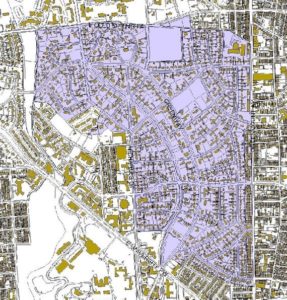
Olmsted Plan for Guilford in Baltimore City. Ironically the main street is ‘Greenway’.
The National Register project took two over years with a team of dedicated volunteers and it was fascinating to learn more about the similar planning projects of Frederick Law Olmsted and his firm that was led by his sons after his passing in 1903. People often refer to Frederick Law Olmstead as a landscape architect and at times the “Father” of landscape architecture, but he considered himself a naturalist creating vistas that were pleasing to the eye from multiple vantage points. He believed nature had a therapeutic effect on people and as Industrial Age American cities grew during the mid to late nineteenth century so did overcrowding and increased health concerns.
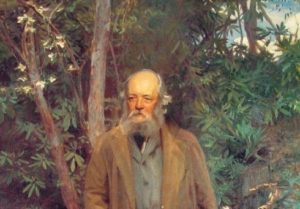
Frederick Law Olmsted painted by John Singer Sargent in 1895.
Frederick Law Olmsted did not conceive the idea of using nature as therapy. Cyrus the Great planned a garden in the middle of Persia over 2500 years ago as a place for residents of the overcrowded city to connect with nature in a peaceful setting. Olmsted was greatly influenced as a teenager by the book ‘Solitude Considered, with Respect to Its Influence on the Mind and the Heart’ by the eighteenth-century Swiss physician Johann Georg von Zimmermann. Over the past couple of decades in Japan the concept of forest bathing (Shinrin-yoku) has been a popular form of nature therapy. Shinrin-yoku involves pathways and trails through nature and some research suggest that spending time in nature can not only reduce our levels of stress but also provides a boost to our immune system for up to seven days.
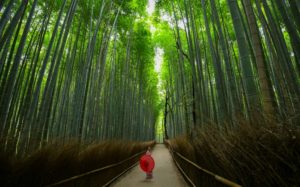
Japanese bamboo garden for Shinrin Yoku.
Most of the private clubs that I have worked on are not land rich even though they may have a golf course associated with the club with anywhere between 130 to 200 acres for a typical 18 hole golf course – very rarely will you find a park or a stretch of land devoted for a trail system throughout the community. Today’s environmental zoning laws and code requirements are requiring new developments to adopt a greener and more sustainable approach to land planning but perhaps it is also time to look into existing clubs with under-utilized golf courses and land that could be devoted to nature trails, dog parks and pathways that allow members greater access to nature. My guess is that nature may be the next great amenity for private clubs and resorts. A trail system or a park can be used by a toddler on a tricycle or an elder in a wheelchair. Outdoor dining has been at the forefront for club renovation projects and a must for new facilities. I have already seen the increase in demand for outdoor exercise from fitness centers that desire to have outdoor yoga, spinning, group exercise, weight training and others fitness functions that keep us active and connected to nature. The future looks green to me!

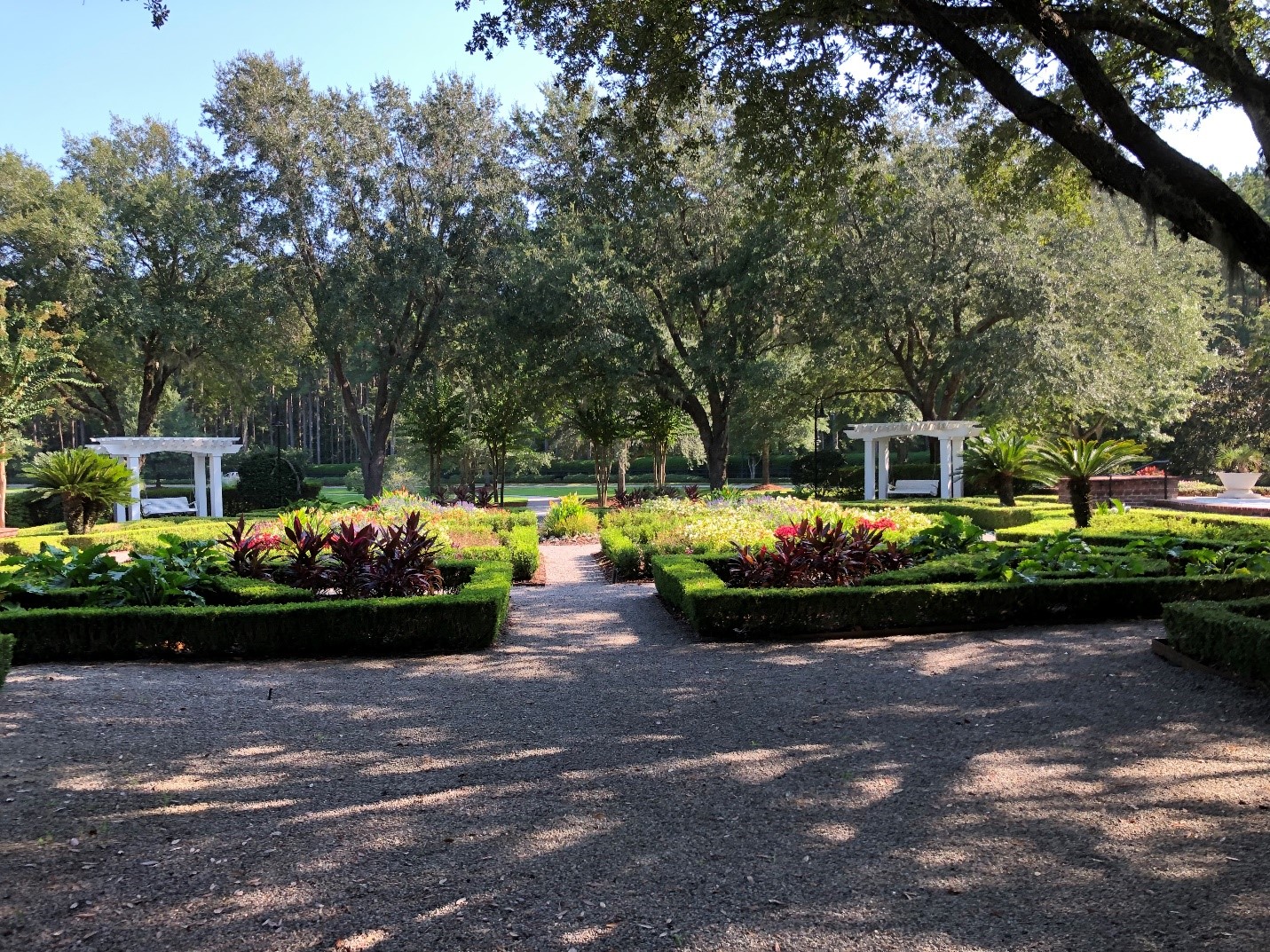

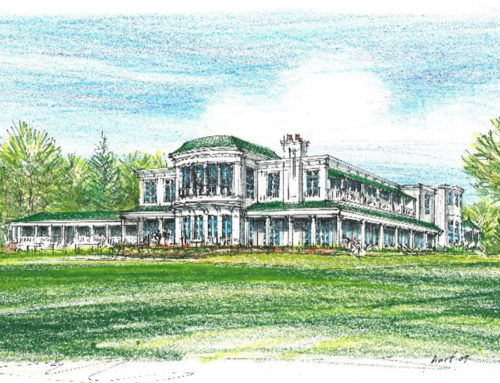
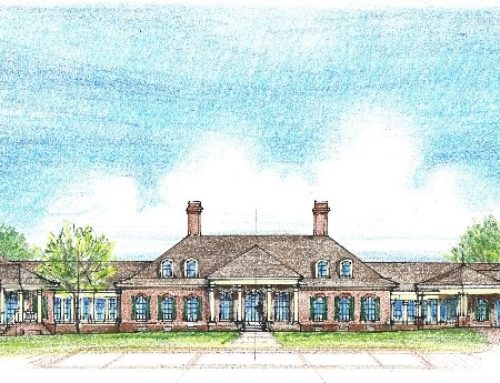
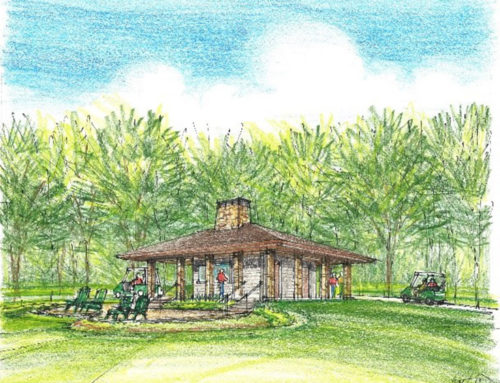
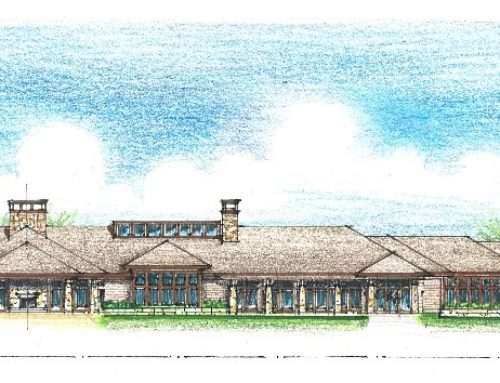
You have the eye, heart and talent to bring back life and beauty and function to what already exist. Your work is always breathtaking.
Thanks Gayla – I will probably have several articles on this topic. Great to hear from you!
I work at a hospital that has a reflection garden. It really is peaceful to sit out there, unless it’s Dream Cruise week. I need the country for the peace it gives me. Living in the city makes me anxious. When we vacation I like to walk the grounds if I can.
Great article! I enjoy spending more time outdoors and walking since I have retired!